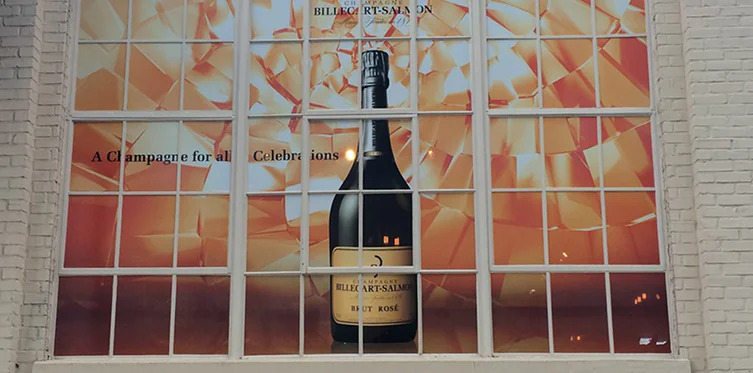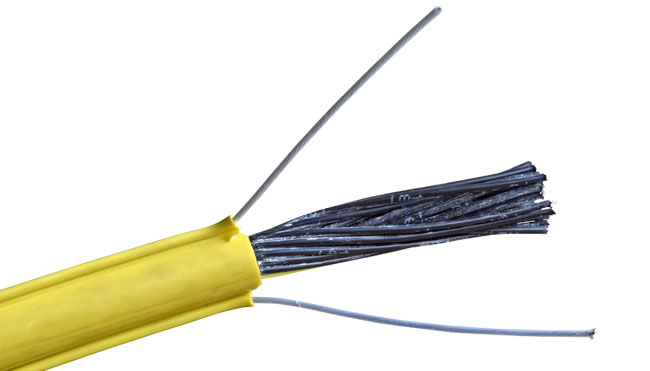Windows today serve far more than the traditional purpose of letting in light and providing a view. Through Window Graphics, glass surfaces have become multifunctional tools that enhance interior and exterior design, offer privacy, communicate messages, and promote branding. From corporate offices and retail storefronts to healthcare, hospitality, education, transportation, and residential environments, window graphics transform spaces into visually engaging, functional, and interactive areas.
The History and Evolution of Window Graphics
Historically, windows were purely utilitarian. Early decorative techniques included painted signage, etched patterns, or simple decals, limited by manual methods and artisan skill.
With the rise of digital printing, vinyl films, and advanced adhesive materials, windows evolved into creative canvases. Modern Window Graphics now combine high-resolution designs, durability, and interactive technologies like augmented reality (AR) and projection-ready surfaces. These innovations allow windows to serve multiple functions: privacy management, light control, branding, aesthetic enhancement, and interactive engagement.
Types of Window Graphics
- Perforated Films: Provide one-way visibility, ideal for storefronts and vehicles.
- Opaque Vinyl: Full coverage for privacy, sun-blocking, and bold visual statements.
- Frosted and Etched Films: Semi-transparent, diffusing light while maintaining privacy.
- Transparent Graphics: Subtle logos or text while preserving views.
- Static Clings: Reusable and repositionable, perfect for seasonal or temporary campaigns.
- Double-Sided Graphics: Visible from both interior and exterior perspectives.
- Smart/Interactive Films: Adjustable opacity, AR-enabled, or projection-ready for dynamic interaction.
Applications Across Industries
- Retail: Eye-catching storefronts, seasonal promotions, product launches, and branding.
- Corporate Offices: Space definition, privacy, and reinforcing brand identity.
- Hospitality: Creating ambiance, enhancing privacy, and supporting thematic décor.
- Healthcare: Patient privacy, glare reduction, and visual comfort in clinics and hospitals.
- Education: Branding, wayfinding, and motivational messaging in schools and universities.
- Public Transport: Advertising graphics on buses, trains, and taxis without obstructing passenger visibility.
- Residential: Privacy, sunlight control, and stylish interior or exterior window design.
Benefits of Window Graphics
- Branding and Marketing: Continuous visibility and impact.
- Privacy and Security: Protects occupants while maintaining functionality.
- Cost-Effective: Long-lasting investment with updateable graphics.
- Light Control: Reduces glare and improves energy efficiency.
- Aesthetic Enhancement: Transform plain glass into creative design features.
- Flexibility: Seasonal updates or campaign-specific designs.
- Interactivity: Integration with AR, projection, or smart technology.
Design Principles
- Ensure legibility and clarity of text and visuals.
- Utilize effective color contrast for visibility.
- Align graphics with brand or environmental identity.
- Account for lighting conditions, space, and viewing angles.
- Apply minimalistic approaches to avoid clutter.
- Use durable, high-quality materials to maximize longevity.
Installation and Maintenance
- Clean window surfaces thoroughly before installation.
- Measure and align graphics precisely.
- Apply using squeegees or other suitable tools to remove air bubbles.
- Maintain with mild cleaning solutions; handle temporary graphics carefully.
Trends and Innovations
- Interactive AR Graphics: Blending physical and digital experiences.
- Minimalist, Modern Designs: Emphasis on simplicity and clarity.
- Sustainable Materials: Eco-friendly and recyclable options.
- Seasonal or Cultural Campaigns: Temporary updates for promotions or events.
- Smart and Projection-Ready Surfaces: Dynamic design solutions for offices, retail, and public spaces.
Challenges
- Exposure to sunlight, wind, and weather can degrade materials.
- Complex designs may reduce readability and visual impact.
- Local regulations may restrict exterior graphics.
- Regular maintenance is needed for long-term aesthetics.
- Installation errors (misalignment, bubbles, wrinkles) affect performance.
- Certain materials may not suit high-exposure or specific environments.
- Integration with architectural design must be considered.
- High-traffic areas may lead to wear and tear.
- Balancing privacy and natural light requires careful planning.
- Upfront costs for quality materials and professional installation can be high.
Case Studies
- Retail stores increased engagement by 30–35% with seasonal window campaigns.
- Corporate offices improved privacy and daylight management with frosted partitions.
- Hospitals enhanced patient comfort using decorative opaque films.
- Public transport graphics delivered high-impact branding without obstructing views.
- Residential properties elevated style and privacy with geometric or artistic window designs.
Future Outlook
- Smart Switchable Films: Dynamic privacy, light control, and energy efficiency.
- AR and Interactive Experiences: Bridging physical and digital environments.
- Projection Surfaces: For immersive storytelling and branding.
- Sustainable Materials: Recyclable and eco-friendly films.
- Personalized Designs: Tailored graphics for corporate branding, residential aesthetics, or cultural storytelling.
Comprehensive Types of Window Graphics1. Perforated Vinyl Films
Perforated films contain tiny holes that provide one-way visibility. They are perfect for vehicle advertising, retail storefronts, and office exteriors, allowing graphics to be seen clearly outside while maintaining interior visibility.
2. Opaque Vinyl Graphics
These films fully cover glass surfaces, ensuring privacy and sun-blocking while delivering striking visuals. They are often applied in boardrooms, clinics, and retail spaces to make bold statements.
3. Frosted and Etched Films
Frosted and etched films create a soft, translucent look similar to sandblasted glass. They offer semi-privacy, light diffusion, and aesthetic elegance, making them ideal for offices, healthcare, luxury dining, and boutique hotels.
4. Transparent Graphics
Transparent or clear graphics allow the transmission of light while subtly displaying logos, text, or designs. They work well in minimalist office settings, modern retail spaces, and glass partitions, preserving openness and visibility.
5. Static Clings
Non-adhesive static clings are reusable and repositionable. They are ideal for temporary campaigns, seasonal promotions, or home décor.
6. Double-Sided Graphics
Double-sided graphics enhance visibility from both interior and exterior perspectives. They are frequently used in public transport, storefronts, or large glass partitions.
7. Smart and Interactive Films
Switchable smart films change opacity on demand, offering privacy, energy efficiency, and technological integration. Projection-ready and AR-enabled graphics allow interactive and immersive experiences, making windows multifunctional and engaging.
Summary
Windows have transitioned from simple functional elements to interactive, visually compelling, and multifunctional surfaces. Window Graphics provide privacy, branding, aesthetic appeal, and practical benefits across industries. With advances in technology, sustainability, and creative design, they continue to redefine how we use and perceive glass, transforming it into a canvas that is both functional and inspirational.


